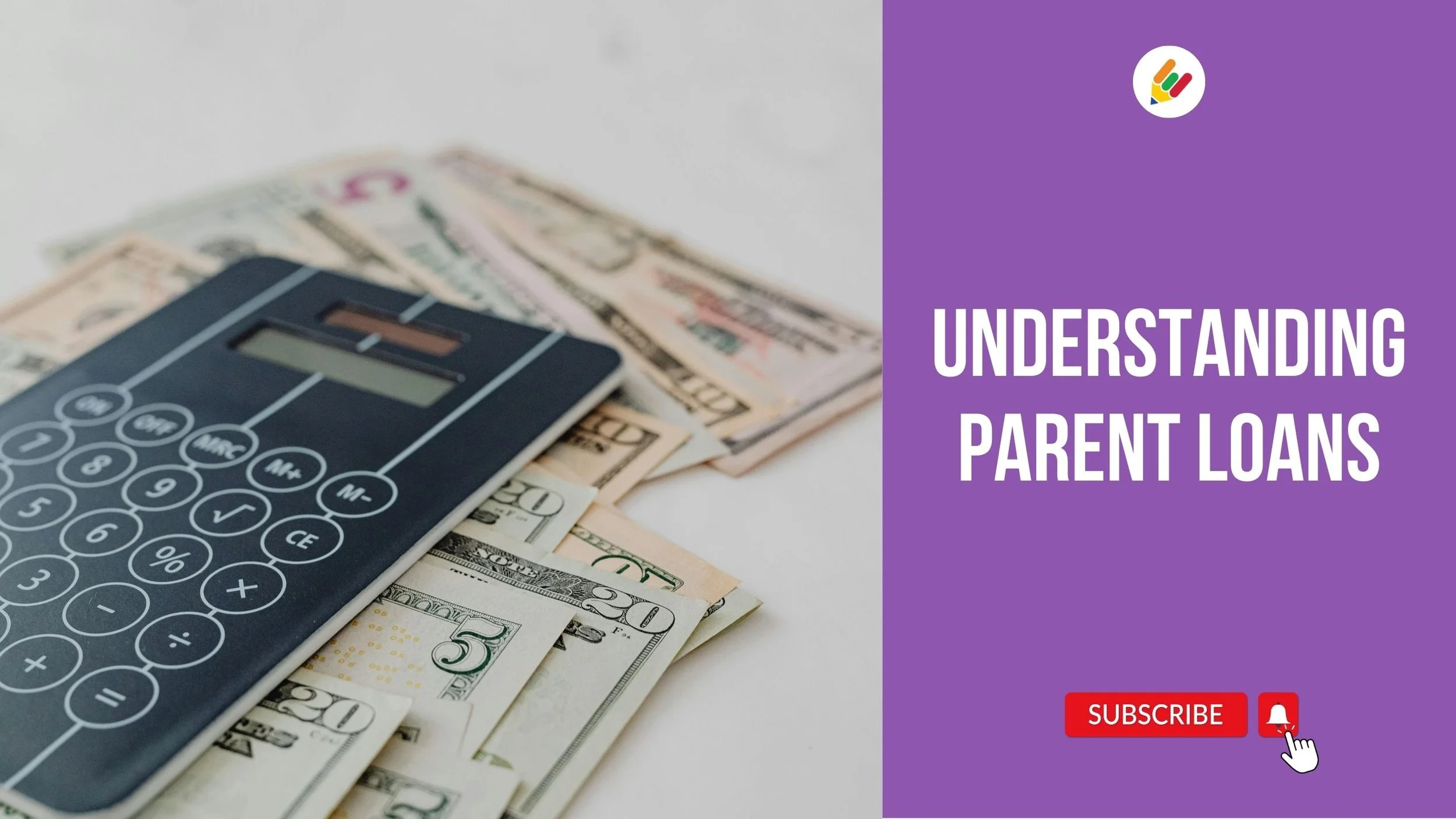The Reality of College Costs and Parent PLUS Loans
College costs have skyrocketed far beyond what previous generations experienced. Unlike 20-40 years ago when student loans could largely cover college expenses, today's families face a different reality. Private college costs have increased 300-400% in some areas, making parent loans a necessity for many families seeking higher education.
What Are Parent PLUS Loans?
Parent PLUS loans are federal loans designed specifically for parents of dependent undergraduate students. These loans offer some attractive features but come with significant considerations:
Key Features:
Payments can be deferred until after graduation
Previously unlimited, now capped at $200,000 total
Easier approval process compared to commercial loans
Current interest rate: 9.2% (based on federal rates)
Most families earning $70,000-$100,000 annually won't qualify for need-based grants like Pell or Cal Grants. Merit scholarships, while helpful, typically don't cover the full cost of attendance. This gap is where loans become necessary.
Student Loan Limits:
Direct student loans (subsidized): Maximum $19,000 over four years
Direct student loans (unsubsidized): Maximum $22,000 over four years
Total student borrowing: Around $41,000 maximum
For expensive private colleges costing $75,000-$100,000 annually, student loans alone are insufficient, creating the need for parent borrowing.
The Financial Reality
A typical parent loan scenario might look like this:
School costs: $90,000/year
Scholarships/grants: $40,000/year
Remaining need: $50,000/year
Four-year parent loan total: $200,000
At current rates, a $200,000 parent loan would require monthly payments of approximately $2,500-$3,000 over 7-10 years, with total repayment exceeding $300,000.
Alternatives to Consider
Before committing to large parent loans, families should explore:
Borrowing against retirement accounts (401k, 403b)
Loans from relatives (though relationships may be strained)
Major budget reductions and lifestyle changes
Having students live off-campus with roommates (can save 30-40%)
Encouraging students to complete degrees in four years
Selecting one practical major directly related to career goals
Student Responsibility
Students should take on their direct student loans ($280/month for about five years after graduation) to have "skin in the game." This investment in their education often motivates faster degree completion and more serious academic focus.
Qualification Requirements
Parent PLUS loans have relatively lenient credit requirements. You'll be rejected only for:
Federal/state tax liens
Payment defaults in recent years
Mortgage foreclosure within 5 years
Chapter 7 or 11 bankruptcy discharge
Charge-offs or 90+ day delinquencies over $2,085
Vehicle repossession without payment agreement
Federal student loan write-off
While parent loans provide access to higher education, they represent substantial long-term debt. Many loan defaults involve older borrowers still paying parent loans into retirement. Families must carefully weigh the total cost against expected career outcomes and consider more affordable college options.
The key is entering this process with full awareness of the financial commitment and having a realistic plan for repayment that doesn't jeopardize retirement security.
Need Help?


